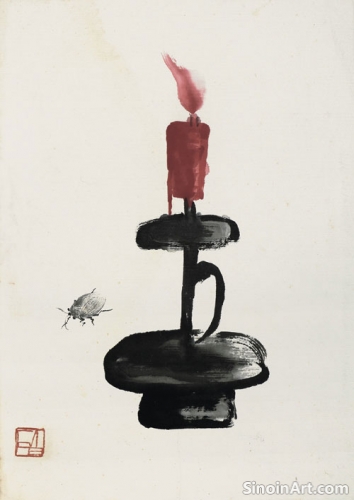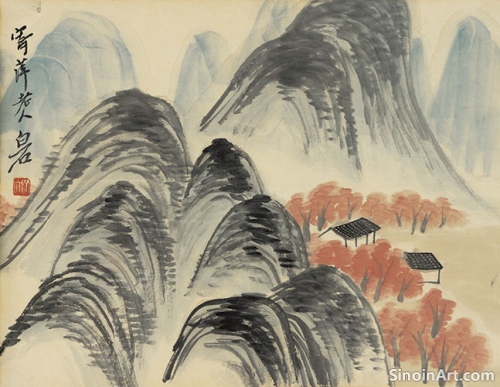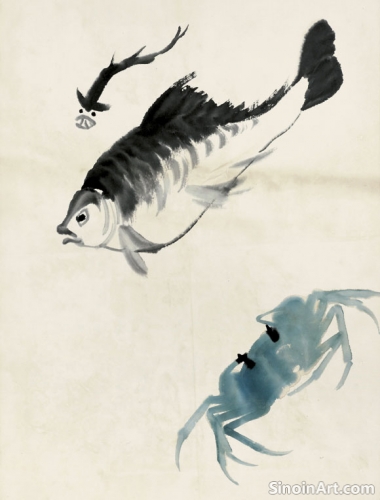Xieyi Painting and the Depiction of Landscapes
|
Landscapes, or shānshuǐ (山水 - literally "mountain-water"), are a central theme in Chinese art and particularly well-suited to the expressive nature of Xieyi painting. Through the use of ink washes, suggestive brushstrokes, and a profound understanding of nature, the artist seeks to convey the essence of the landscape, its atmosphere, and its inner vitality. It’s not merely depicting a landscape; it’s also expressing its inner essence.  Xieyi landscape paintings often emphasize the grandeur and vastness of the natural world, using bold brushstrokes and expansive washes to create a sense of scale and depth. The art seeks to replicate the majesty and power of nature. It reflects the artist’s feeling for the land.  The use of negative space is also crucial in depicting landscapes, suggesting clouds, mist, and the vastness of the sky. The interplay between ink and empty space is what creates much of the beauty and the feeling of the landscape. It’s not just what is painted but also what is left unpainted.  Xieyi landscape painters often focus on capturing the qi (vital energy) of the landscape, imbuing their works with a sense of movement, dynamism, and life force. The aim is to capture not just the visual appearance but also the living spirit of the scene. The painting should feel like a living, breathing landscape. The depiction of landscapes is not just about creating beautiful scenery; it is also a way for the artist to connect with the natural world and to express their understanding of the Tao, or the way of the universe. The act of painting becomes a means of seeking a personal understanding of nature. The landscape becomes a doorway to personal understanding. |
Tag : Chinese landscape, ink wash landscapes, mountain-water, Xieyi nature
Related information
- Xieyi Painting and the Use of "Contrasting Ink"
- The Concept of "Qing" in Xieyi Painting
- The Importance of "Qi" in Xieyi Brushwork
- Xieyi Painting and the Expression of Loneliness
- The Significance of Brushwork in Xieyi Painting
"Contrasting Ink" (nóngdànmò) in Xieyi uses both dark and light ink strategically to create depth, volume, texture, and atmosphere through visual contrast, with dark ink creating boldness and light ink adding distance and subtlety, requiring skilled blending to create tonal gradations, expressive depth, and nuanced interplay of light and shadow.
"Qing" (feeling) is a fundamental concept in Xieyi painting, emphasizing the importance of artists imbuing their work with personal emotion and genuine expression, requiring sensitivity, observation, and technical skill to convey feelings through brushstrokes, composition, and connecting with viewers on a deeply human level.
Qi (vital energy) is fundamental to Xieyi brushwork, representing the expressive quality and energy within each stroke, achieved by the artist's balance, focus, and connection with their subject, emphasizing spontaneity and imbuing the artwork with a sense of vitality and inner spirit.
Xieyi painting powerfully expresses loneliness through suggestive compositions, vast negative space, solitary subjects, muted colors, and a sense of introspection, exploring solitude and the human condition, evoking melancholy and longing, and providing a space for contemplation and self-reflection.
Brushwork is at the heart of Xieyi painting, serving as the primary means of artistic expression. The brush is not merely a tool; it is an extension of the artist’s hand and emotions. Mastery of the brush is essential to conveying the spirit and essence of a subject.